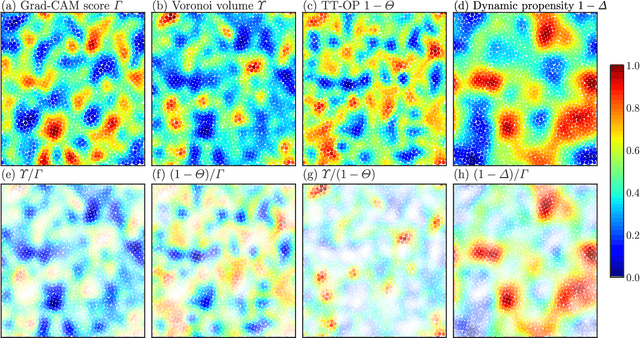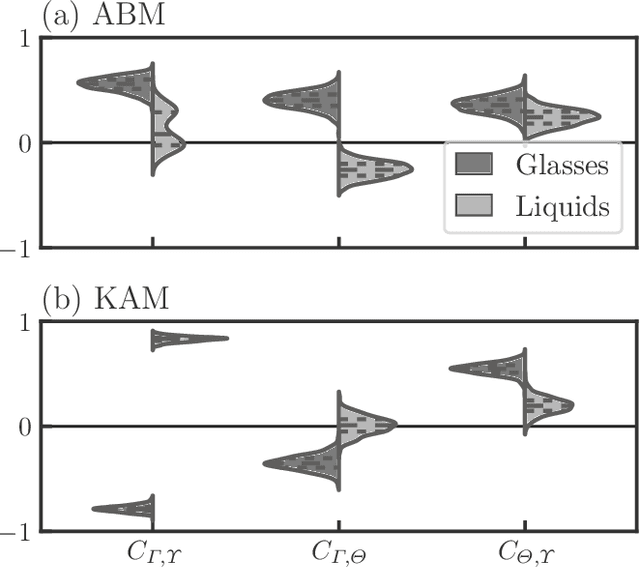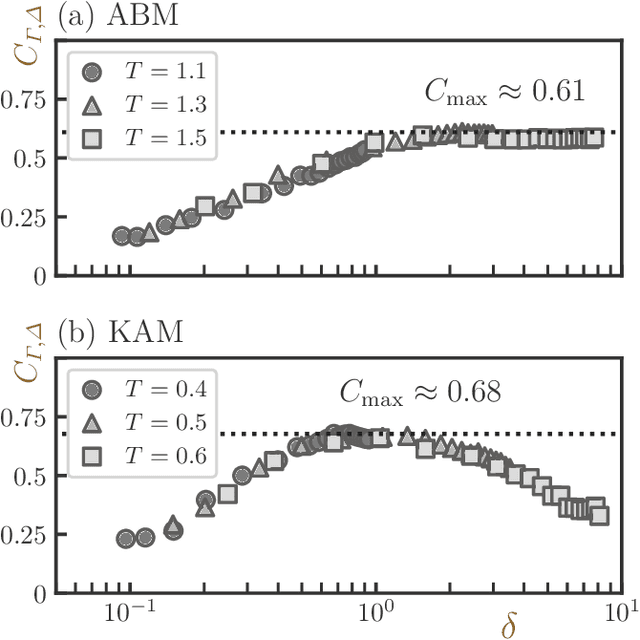Norihiro Oyama
Deep generative model super-resolves spatially correlated multiregional climate data
Sep 26, 2022Abstract:Super-resolving the coarse outputs of global climate simulations, termed downscaling, is crucial in making political and social decisions on systems requiring long-term climate change projections. Existing fast super-resolution techniques, however, have yet to preserve the spatially correlated nature of climatological data, which is particularly important when we address systems with spatial expanse, such as the development of transportation infrastructure. Herein, we show an adversarial network-based machine learning enables us to correctly reconstruct the inter-regional spatial correlations in downscaling with high magnification up to fifty, while maintaining the pixel-wise statistical consistency. Direct comparison with the measured meteorological data of temperature and precipitation distributions reveals that integrating climatologically important physical information is essential for the accurate downscaling, which prompts us to call our approach $\pi$SRGAN (Physics Informed Super-Resolution Generative Adversarial Network). The present method has a potential application to the inter-regionally consistent assessment of the climate change impact.
What Do Deep Neural Networks Find in Disordered Structures of Glasses?
Jul 31, 2022



Abstract:Glass transitions are widely observed in a range of types of soft matter systems. However, the physical mechanism of these transitions remains unknown, despite years of ambitious research. In particular, an important unanswered question is whether the glass transition is accompanied by a divergence of the correlation lengths of the characteristic static structures. Recently, a method that can predict long-time dynamics from purely static information with high accuracy was proposed; however, even this method is not universal and does not work well for the Kob--Andersen system, which is a typical model of glass-forming liquids. In this study, we developed a method to extract the characteristic structures of glasses using machine learning or, specifically, a convolutional neural network. In particular, we extracted the characteristic structures by quantifying the grounds for the decisions made by the network. We considered two qualitatively different glass-forming binary systems and, through comparisons with several established structural indicators, we demonstrate that our system can identify characteristic structures that depend on the details of the systems. Surprisingly, the extracted structures were strongly correlated with the nonequilibrium aging dynamics on thermal fluctuation.
 Add to Chrome
Add to Chrome Add to Firefox
Add to Firefox Add to Edge
Add to Edge